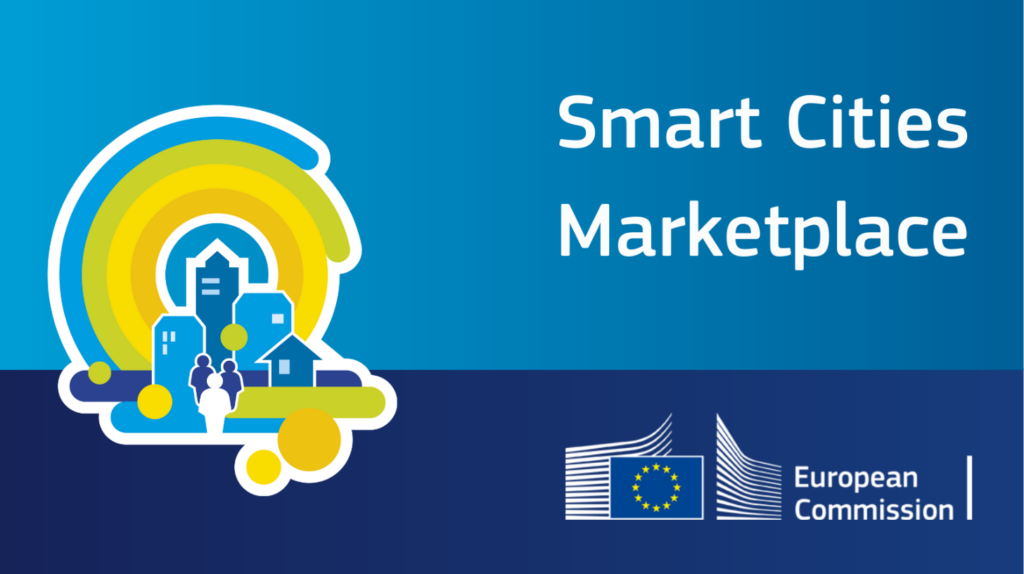The Green Cities consortium developed the blog post “Digital Infrastructures and Geo-Informatics” under the EU-Funded Project Youth Participation for Developing Sustainable Green Cities (reference number: 2022-1-DE04-KA220-YOU-000085135). L4Y Learning for Youth GmbH is leading the project alongside partners Citizens in Power, Toplum Gönüllüleri Vakfı, Kean, Walktogether, and Kaán Károly Környezetvédelmi Egyesület.
This blogpost is based on the training content developed for the Green Cities project. For more content like this, click here. If you would like learn more about the topic, we suggest enrolling in our free online training course. In the platform, you will also find the full list of references and extra suggested reading material.
To keep up to date with the project news, follow our YouTube Channel, as well as the project’s social media pages X and Instagram. Additonally, you can also join our Discord community.
Introduction
Urbanization is accelerating, leading to the rise of smart cities. These cities leverage advanced technology to improve urban services such as transportation, energy, water supply, and public safety. Consequently, digital infrastructures and geo-informatics play crucial roles.
Importance of Digital Infrastructures and Geo-Informatics in Smart Cities
Digital infrastructures and Geographic Information Systems (GIS) are vital for smart city development. They enable advanced technologies, data-driven decision-making, and efficient urban management. Thus, cities can better manage resources and services, leading to improved quality of life.
However, public transport systems often suffer from unreliable services, impractical routes, outdated ticketing systems, and limited accessibility. These inefficiencies hinder smart public transport development. Yet, leveraging digital infrastructures and geo-informatics can improve efficiency and reliability.
Key Issues:
- Unreliable services
- Impractical routes
- Outdated ticketing systems
- Limited accessibility
Geo-informatics involves programming applications, spatial data structures, and analyzing space-time phenomena. This technology supports urban planning by providing accurate, updated data for intervention and management. Furthermore, it enables predictive analysis to address urban development challenges.
Benefits of Geo-Informatics:
- Direct identification and analysis of spatial data
- Easily shared, accurate, and updated data
- Predictive analysis for urban development
Solutions Through Digital Infrastructures and Geo-Informatics
Smart Ticketing Systems: Smart ticketing solutions use spatial data for fare calculation, route validation, and fare optimization. Consequently, these systems enhance the efficiency and convenience of public transport. Additionally, they streamline the process for passengers, making travel more seamless.
Demand Responsive Transport: Identifying high-demand areas and adjusting routes accordingly ensures efficient service. Moreover, this responsiveness improves overall public transport usage and satisfaction. As a result, cities can better serve their residents’ needs.
Digital Infrastructure Planning: Using GIS to assess potential locations for transit infrastructure like bus stops, shelters, and stations optimizes resource allocation and accessibility. Therefore, cities can develop more effective and user-friendly transit systems. This approach ultimately leads to better urban planning.
Emergency Response Planning: Incorporating GIS into emergency response planning helps establish alternative routes during emergencies or disruptions, enhancing safety and reliability. Furthermore, it ensures that cities are better prepared for unexpected events. This planning is crucial for maintaining public safety.
Key Tools for Public Transport Optimization with Digital Infrastructures and Geo-Informatics
Several tools and technologies optimize public transport in smart cities, leveraging GIS and digital infrastructure:
- Samsara: Fleet management
- QGIS: Geospatial data analysis
- Tableau: Real-time passenger data
- AIMSUN Live: Traffic management
- IBM Maximo: Predictive maintenance
- Urban Footprint: Data-driven planning
These tools enhance efficiency, reliability, and sustainability in public transport systems.
Conclusion
In conclusion, digital infrastructures and geo-informatics are essential for developing smart, sustainable cities. By addressing public transport inefficiencies, improving urban management, and leveraging advanced technologies, cities can enhance residents’ quality of life. Therefore, embracing these technologies is crucial for optimizing public transport and fostering smarter, more connected communities.















